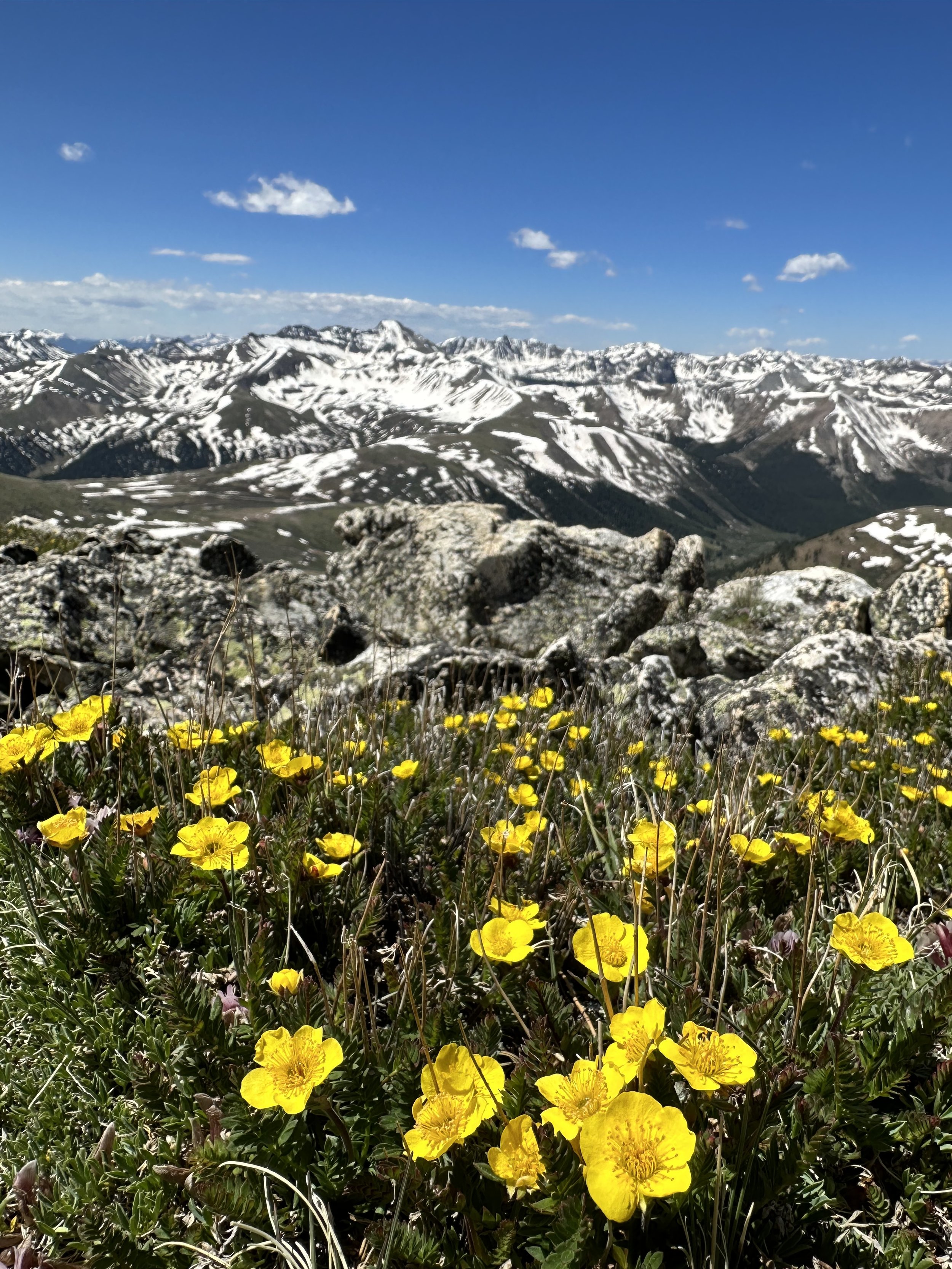Thalictrum fendleri, male, June 16, 2023
Female, June 16
Common & scientific name
Fendler’s meadowrue, Thalictrum fendleri
Family
Buttercup, Ranunculaceae
Location
Difficult Campground, 8,100’
Fun, weird, helpful, or little known fact
This is one of my favorite wildflowers. First, unusually, its plants come in male and female versions. The first flower shown at left, reminiscent of a tasseled lampshade, is male. The female version below is star-like, akin to skinnier versions of false Solomon’s seal. They love aspen groves, and their leaves look like columbines’. In their intricacy, they are wonders of nature!
June 28, 2023


















